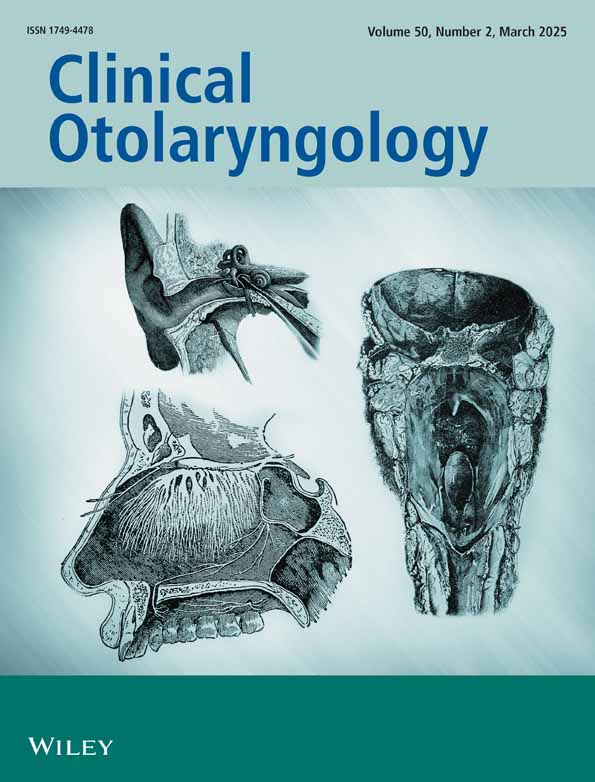Differential Nasal Recolonization and Microbial Profiles in Chronic Rhinosinusitis With Nasal Polyps Patients After Endoscopic Sinus Surgery or Dupilumab Treatment: A Prospective Observational Study
Antonino Maniaci, Gaia Vertillo Aluisio, Maria Santagati, and Ignazio La Mantia equally contributed to the manuscript.
Funding: This research was supported by EU Next Generation funding within the MUR PNRR Extended Partnership initiative on Emerging Infectious Disease (Project no. PE00000007, INF-ACT).
ABSTRACT
Introduction
The role of microbial profiles in Chronic Rhinosinusitis with Nasal Polyps (CRSwNP) pathogenesis is increasingly recognised, with microbial imbalances perpetuating inflammation. We performed this study to associate the different nasal microbiological profile changes with the response to surgical or monoclonal treatment.
Methods
This prospective observational study evaluated changes in the nasal microbial profiles of 44 patients (22 dupilumab, 22 surgery) over 6 months. Clinical assessments were performed at baseline and follow-ups, including Sino-Nasal Outcome Test-22 (SNOT-22) scores and Sniffin Sticks-Identification (SS-I) olfactory testing. Microbial profiling of nasal swabs was carried out by microbial culture and subsequent molecular identification by Polymerase chain reaction (PCR) and sequencing.
Results
Baseline characteristics of 44 patients (22 dupilumab, 22 surgery) enrolled in this study were similar between groups. In the dupilumab group, Staphylococcus epidermidis prevalence rose from 37.03% to 59.25%, while Pseudomonas aeruginosa was eradicated. Moreover, dupilumab stabilised Staphylococcus aureus at 63.64%, while its prevalence increased in the surgery group (from 22.72% to 50%). When bacterial groups were associated with clinical scores, P. aeruginosa carriers had worse SNOT-22 (21.00 ± 1.41) and SS-I (5.50 ± 0.71) scores. Instead, S. epidermidis-colonised patients exhibited significantly lower mean SNOT-22 (15.39 ± 8.54) and greater SS-I scores (8.39 ± 3.77). The best outcomes were found in the subgroup of S. epidermidis carriers undergoing the dupilumab treatment.
Conclusion
The two treatments modulated the microbial profiles differently, and, most importantly, clinical responses might depend on the association between treatment and the dominant bacterial species colonising the nasal cavity. Further investigation into microbial-restorative strategies could enhance outcomes for better treatment of CRS.
Conflicts of Interest
The authors declare no conflicts of interest.
Open Research
Data Availability Statement
The data that support the findings of this study are available from the corresponding author upon reasonable request.




